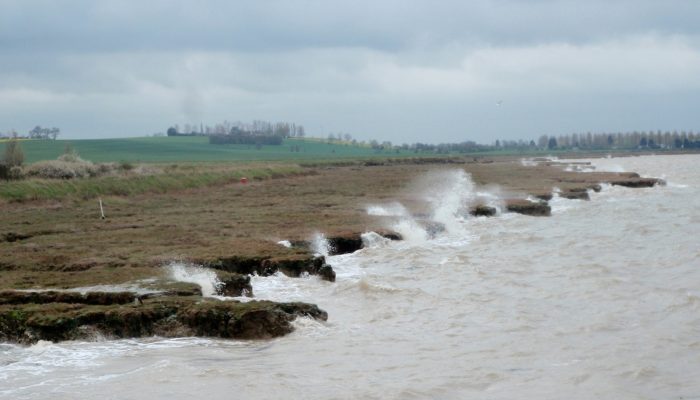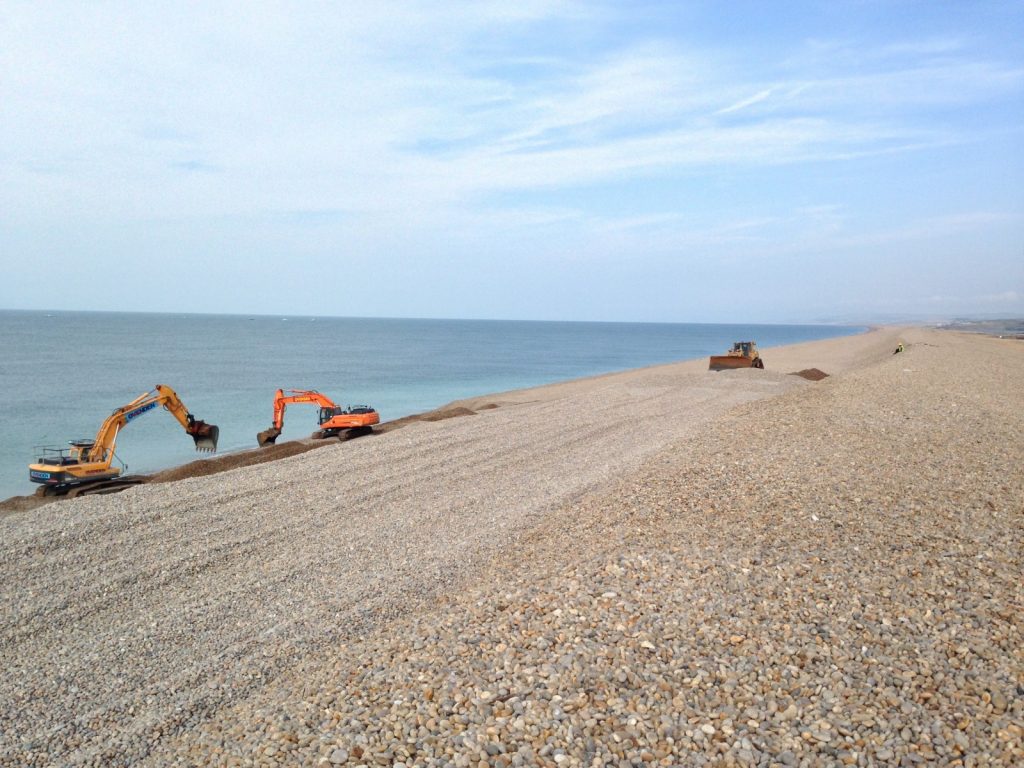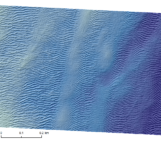
– written by James Tempest (University of Cambridge), Larissa A. Naylor (University of Glasgow), Tom Spencer and Iris Möller (University of Cambridge) –
Extreme storm and flood events are occurring with increasing frequency and intensity across the globe causing significant geomorphic change throughout many landscapes often with detrimental impacts on local populations.
In 2014 an international meeting hosted by the Royal Geographical Society and British Society for Geomorphology brought together world-leading experts in this field to showcase the fundamental role geomorphology plays in the age of extremes. The outcomes of the meeting were published in a special issue of Earth Surface Processes and Landforms which included a State of Science paper on this topic (see below). These papers highlighted how geomorphic contributions can enhance our ability to predict, measure and manage the landscape to be more resilient to effects of extreme events.
Predicting extreme hydrological events are an important area of research but such forecasts are often limited by the short length of current river flow records which only extend to the mid 20th Century. Palaeogeomorphology studies resolve such issues by reconstructing historical flood events thereby extending the flood record further back in time to capture these extreme events. Such records not only improve the forecasting of extreme events by providing models with much needed additional data but also allow us to interpret the interactions between geomorphic dynamics, human impacts and changes in climate regimes.
Extreme events witnessed over recent years have raised awareness of policy-makers and practitioners about the important role that geomorphology can play in both managing the landscape and human impacts to these extreme events. Geomorphic processes can both mediate and increase the geomorphological impacts of extreme events, influencing societal risk. This includes determining the resilience and recovery of landscapes, such as barrier islands, to extreme events that may offer some form of natural flood defence. In addition, geomorphological science is now regularly used to deliver nature-based management approaches, such as the creation of coastal wetlands. Such approaches are delivering more sustainable forms of flood and storm defence that are effective in reducing damage and destruction brought about by extreme events.

Sea-defence repair and re-distribution of sediments at Chesil Beach, U.K. following 2014 storms (credits: James Tempest)
Geomorphological science is undoubtedly improving our understanding of flood risk through extreme events yet it is still under-appreciated and under-utilised by the engineering community and policy-makers. Future climate change adaptation and disaster risk reduction strategies must consider geomorphology as an important component in determining and managing the response of landscapes in order to protect human assets in an age of extreme flood and storm events.
http://onlinelibrary.wiley.com/wol1/doi/10.1002/esp.4065/abstract
http://onlinelibrary.wiley.com/doi/10.1002/esp.4062/abstract
– written by James Tempest (University of Cambridge), Larissa A. Naylor (University of Glasgow), Tom Spencer and Iris Möller (University of Cambridge) –





